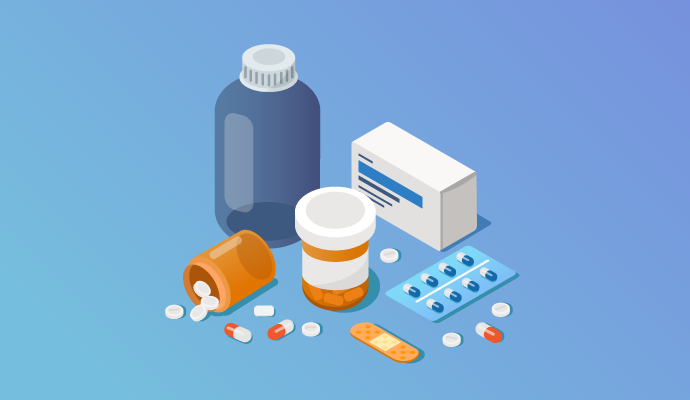Medicare Switches to Generic Cholesterol Drugs and Saves Billions
Between 2014 and 2018, the number of Medicare beneficiaries on cholesterol drugs went up, but total costs decreased, a recent study found.

Source: Getty Images
- A recent study found that switching from brand name to generic cholesterol medications has saved Medicare billions of dollars between 2014 and 2018, even as the number people on cholesterol-lowering drugs increased.
In the study, researchers used the Medicare Part D Prescription Drug Event Database to gather information on all outpatient drug spending for Medicare Part D beneficiaries from January 2014 through December 2018.
Over the four years, the number of Medicare Part D enrollees increased from 37.7 million to 44.2 million, while the number of LDL-lowering drugs increased by 23 percent, from 20.5 million to 25.2 million.
But researchers also noted that despite this increase in prescriptions for LDL-lowering drugs, total costs on these drugs went down.
For example, the number of prescriptions that were for generic drugs rose by 35 percent, from 17.8 million to 24 million. But overall spending on statins declined by 52 percent, from $4.8 billion in 2014 to $2.3 billion in 2018.
"One of the most important contributors to our health care costs is expenditure on prescription drugs. The switch to generics is an effective strategy to cut the costs incurred by health systems,” Ambarish Pandey, MD, a cardiologist and assistant professor of internal medicine at UTSW, said in a press release.
"This really shows how prescription patterns can have a very big influence on health care costs.”
But from 2014 to 2018, Medicare still spent $9.6 billion on brand-name LDL-lowering medications and could have saved nearly $2.5 billion more by switching to generics when they became available, researchers found.
In the US, 95 million adults have total cholesterol levels higher than 200 mg/dL, and most are recommended to lower their LDL cholesterol through lifestyle changes and LDL-lowering medications.
The most popular of these drugs are statins, researchers said, which are currently prescribed to more than 35 million people in the US.
From 2010 to 2018, patents on statins and LDL-lowering drugs expired, which allowed drug makers to begin producing generic versions.
For example, brand-name drugs Crestor and Zetia are both widely prescribed, and both had patents expire over the eight-year period.
"Statins are one of the most important drugs to study in this context because they're just so widely prescribed," researchers said, "But there are also other drugs that certainly have substantial costs to the health care system and need to be studied in this respect as well."
But in 2015, a new class of LDL-lowering drugs, PCSK9 inhibitors, were launched. From 2016 to 2018, prescription for these drugs were low and increased by 144 percent, researchers found.
Additional studies could uncover the effect that PCSK9 had on Medicare spending and prescription in the time since, as well as how out-of-pocket costs have changed over time.
"It's important for our health care system to find avenues to become more cost-efficient and accessible. Even though there is still a lot of work to be done, it is encouraging to see how quickly patients switched to generic options once they became available," said Andrew Sumarsono, MD, an assistant professor of internal medicine at UTSW.
"This rapid switch to generics saved Medicare a lot of money."
Pandey previously published papers on how much extended-release drugs cost the US healthcare system, the burden of heart failure and heart attack-associated hospital readmission and mortality in the Medicare population, and the development of novel strategies to predict and prevent heart failure in this population.
From his studies, he highlighted that policymakers and clinicians could also help cut Medicare costs even further by switching more patients to generic drugs.
